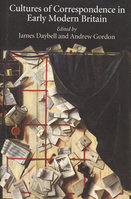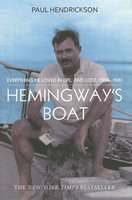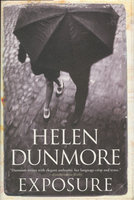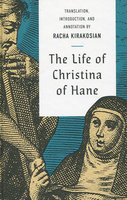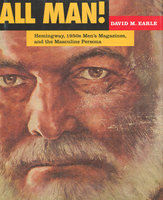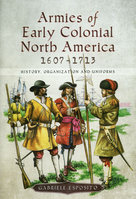New, Quality Gift Books - 50-90% off - over 2500 titles
Your basket is empty.
Categories Last Chance to buy! ENEMIES IN THE PLAZA
ENEMIES IN THE PLAZA
Book number: 93489
Product format: Hardback
In stock
Bibliophile price
£7.00
Published price
£58
Customers who bought this product also bought
|
CULTURES OF CORRESPONDENCE IN EARLY MODERN BRITAIN
Book number: 92656
Product format: Hardback
Bibliophile price
£4.50
Published price
£67
|
HEMINGWAY'S BOAT
Book number: 93284
Product format: Hardback
Bibliophile price
£6.50
Published price
£20
|
|
|
LIFE OF CHRISTINA OF HANE
Book number: 93496
Product format: Hardback
Bibliophile price
£4.00
Published price
£20
|
ALL MAN! Hemingway, 1950s Men's Magazines
Book number: 93370
Product format: Hardback
Bibliophile price
£2.50
Published price
£39.95
|
ARMIES OF EARLY COLONIAL NORTH AMERICA, 1607-1713
Book number: 93894
Product format: Hardback
Bibliophile price
£10.00
Published price
£19.99
|
Browse these categories as well: Last Chance to buy!, Religion & Philosophy, Travel & Places, History

